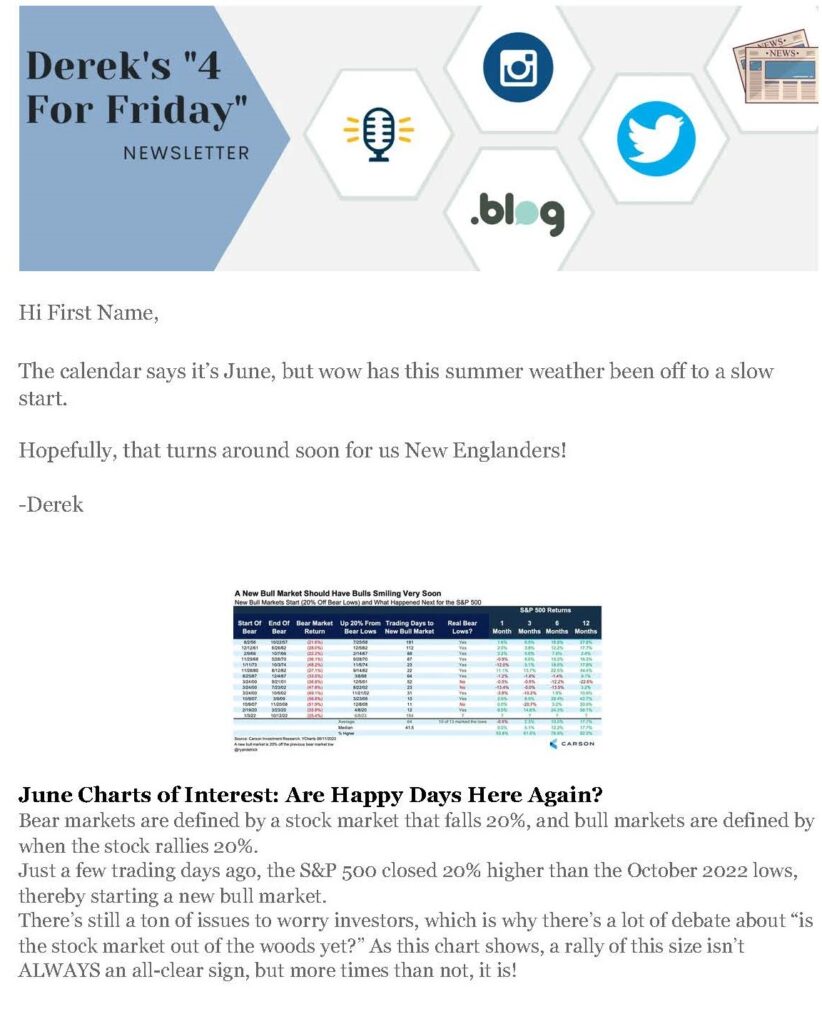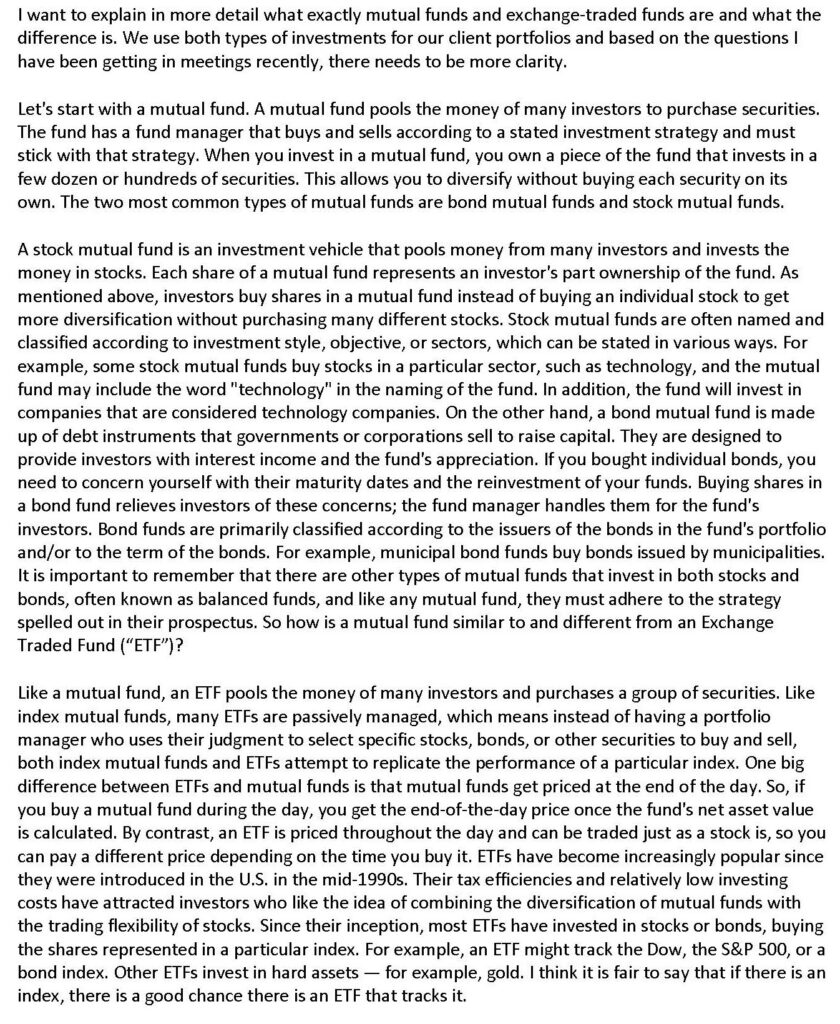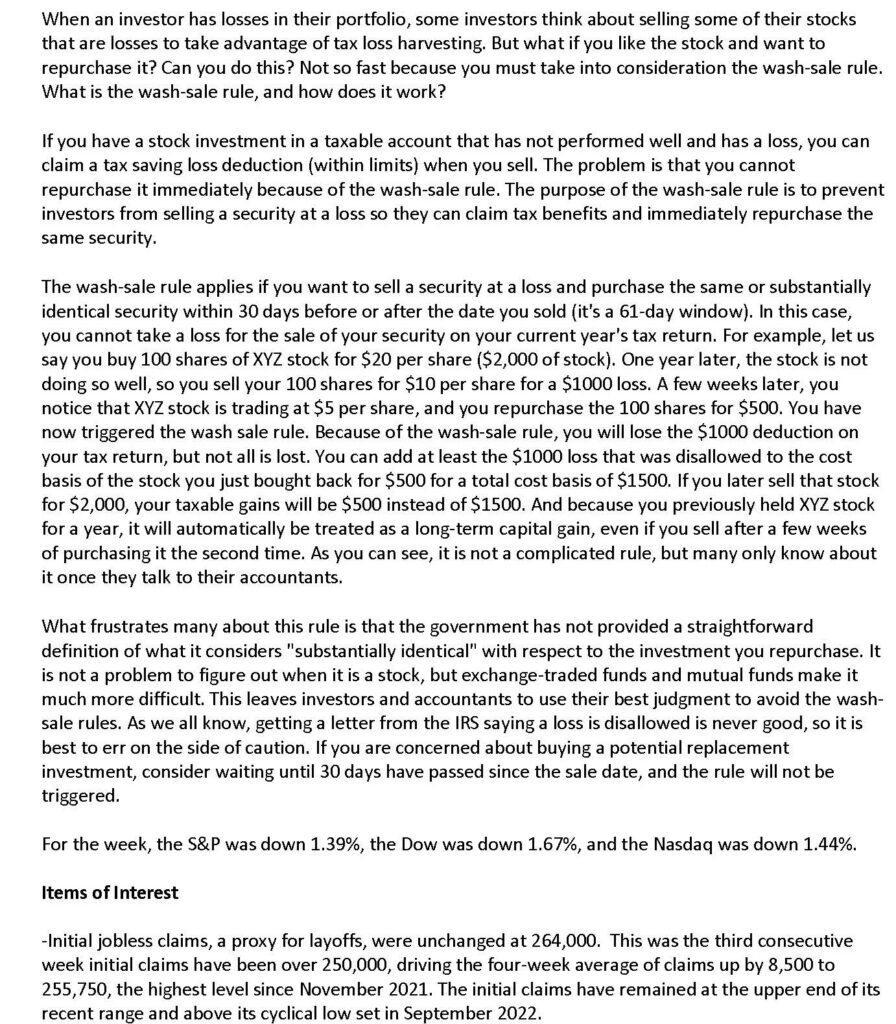
Weekly & Monthly eNews
If you’re interested in learning about our latest podcast, market commentary, blog or event, sign up to receive our weekly eNews!
StrategicPoint provides two pieces of weekly content to help keep you up to date on all things financial.
Both newsletters provide valuable financial and market-related news while also getting the opinion and commentary of our two Managing Partners.
Complete the brief form below to sign up!
Managing Partner and Co-CIO Derek Amey writes a "Four for Friday" update, which highlights three market-related stories, along with one less formal, lighthearted story of the week.

Separately, Managing Partner and CCO Rick Anzelone provides a more formal, topic-driven and market-related weekly update.
Sign up for news and updates
Interested in receiving a weekly snapshot of the financial markets? StrategicPoint offers free email
newsletters to keep you up-to-date on financial markets, important investment news and more.
"*" indicates required fields


